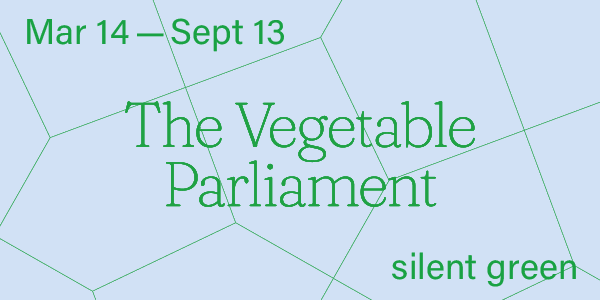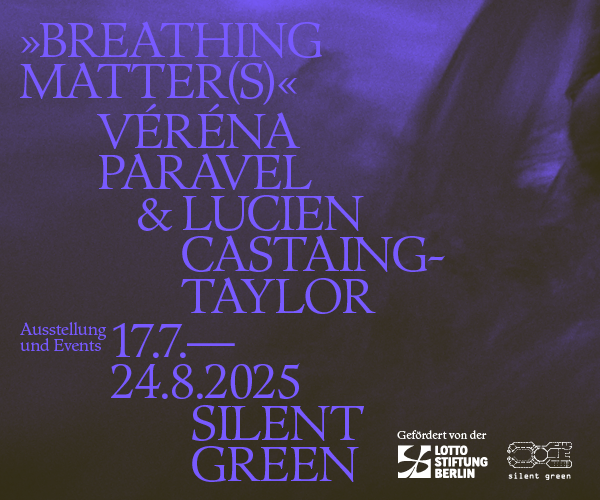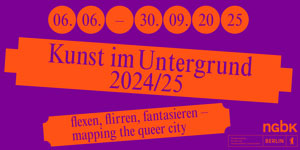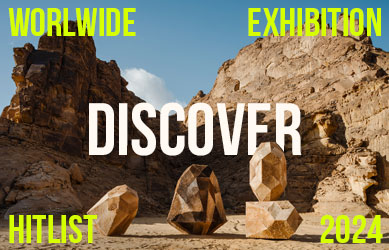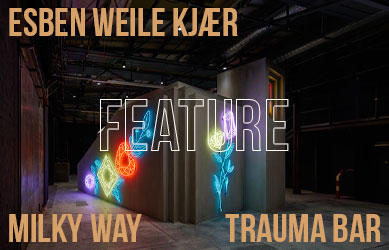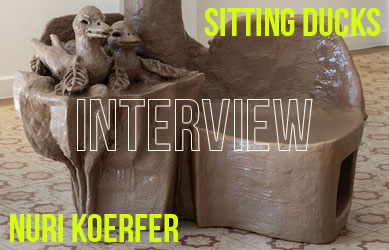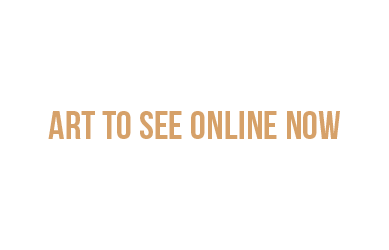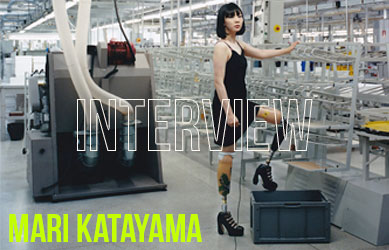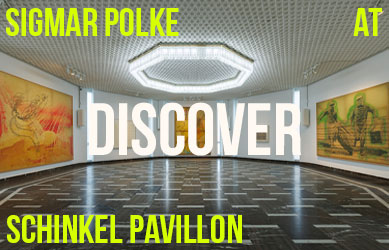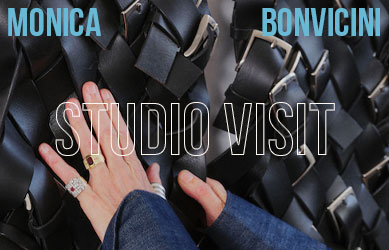by William Kherbek // July 18, 2025
This article is part of our feature topic Water.
Collaborators since 2018, the artists Sophie Seita and Naomi Woo have worked together to bring numerous projects to life. Water is at the center of their recent work, ‘Tributaries: a Wet Ritual for Witnessing,’ in which groups gather near bodies of water to consider the ways in which water is used, preserved and abused in contemporary life and across various interlocking histories. The work was realized with input from a group of other collaborators, including Victoria Perrie, Jehan Roberson and Dani Minuskin, and is intended to be a kind of meeting point, across times, places and identities. The work considers the ways in which water can play a central role in the forging, and the undermining, of social bonds. Water gives us life, but it can take lives, as well. We are born from water, and many believe water can wash away our sins, or crimes. Water, as the artists note, is a kind of archive, a kind of storehouse of memory that is, nevertheless, always in flux. Water has a clear chemical formula, but that is perhaps the only thing clear about this most fundamental of agents in the lives of people and societies. In our discussion, Seita and Woo touched on the ways in which water is defined—in law, in culture, in ritual—and the ways in which water defines the world—as territories, as bodies and as societies.
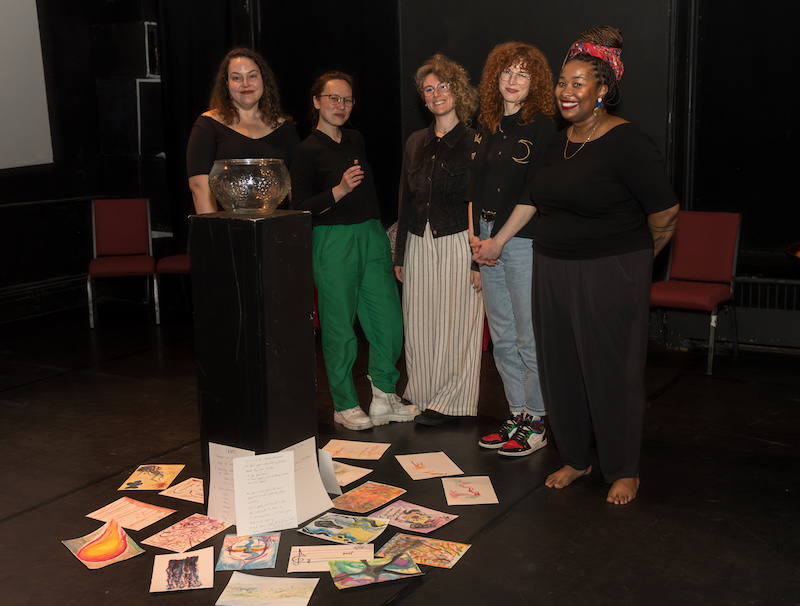
‘Tributaries: a Wet Ritual for Witnessing’ // Courtesy of the artists, photo by Richard Rivera
William Kherbek: Could you take us into some of the background and research for the ‘Tributaries’ project?
Sophie Seita: Ruta del Castor, a socially engaged not-for-profit art organization in Mexico City, approached us to produce something around water and queerness for an upcoming five-day learning gathering or “encuentro” (encounter) in the wetlands of Xochimilco, in the South of Mexico City. So we decided to approach water as an embodied archive because we’d done quite a lot of work around speculative archives as part of our project, responding imaginatively to the past through performance and other creative practices. We decided to invite other collaborators who we thought would help us expand this project, for example, Jehan Roberson, who is an academic and writer based at Cornell, working on Black writing, performance and archives in the Americas and writes about hemispheric encounters and is involved with the Hemispheric Institute in New York. And we invited Victoria Perry, who’s an indigenous lawyer and writer and theater-maker in Winnipeg, Canada. The research involved responding to Ruta del Castor’s invitation to engage with the particular locality in Xochimilco, and the issues at stake there. Everything was conceived as a gathering for mutual learning; so it wasn’t about presenting finished work. It was meant to be participatory.
Naomi Woo: In creating the ritual for this learning gathering I think we were interested in acknowledging a kind of complexity in our relation to water, because I think we were wary—especially in the ritual format—of creating something that only focused on water as a source of connection, or water as a softening agent, and creating something that only felt very beautiful or very communal, especially given the context in Mexico City, where the waters are receding and where access to clean drinking water is really negligible.
SS: Mexico City has this water shortage because of climate change, but also because of its infrastructure: when the Spanish colonized the land they drained most of the lakes, so nowadays rainwater isn’t properly collected. It doesn’t reach deep enough to replenish the aquifers.
NW: I had invited Victoria to join us because of our shared connection to the city of Winnipeg. Winnipeg is a city that sits at the intersection of two rivers, the Red River and the Assiniboine; in fact, the name Winnipeg means “Muddy Water” in (Western) Cree. These two rivers are in the geographical center of North America, which is to say they’ve been a meeting place for indigenous peoples across Turtle Island for thousands and thousands of years. The drinking water in Winnipeg, until recently, came from a community called Shoal Lake, which was under a boil water advisory for decades. So Winnipeg was getting its clean drinking water from a community that does not itself have access to clean drinking water. Also, at the same time, Canada has a well documented crisis of missing and murdered indigenous women, and many of these indigenous women’s bodies have been found in the Red and the Assiniboine Rivers. It’s a common place where they are found, and we were really interested in acknowledging these complex histories of water, complex ways to archive water, and we wanted to provoke in people, and ourselves, the feeling that water can be a blessing but also a feeling of complicity in a sense of harms that have been done, and a responsibility to the water going forward.
This relates to Victoria’s role because the way we chose to foreground the sense of complicity and responsibility was by incorporating law-making into the ritual. During the process of the ritual, the participants create laws and are also tasked with the responsibility of upholding these laws. Victoria related this to the responsibility in some indigenous cultures of there being a witness, someone who is tasked with remembering certain aspects of an event and who is also asked to carry on the oral history of the event and act as the collective memory. We wanted to incorporate aspects of that into the ritual, drawing on both Victoria’s understanding of this indigenous practice as well as her practice as a lawyer.
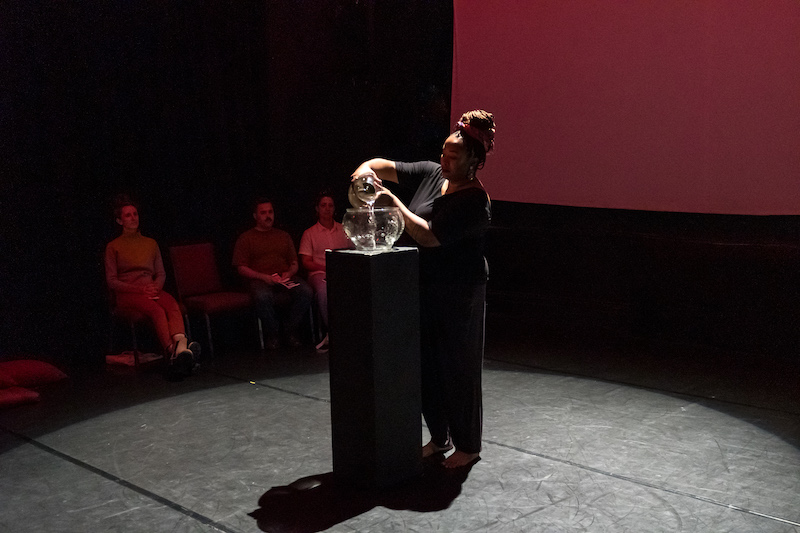
‘Tributaries: a Wet Ritual for Witnessing’ // Courtesy of the artists, photo by Richard Rivera
WK: Water in the arts is often used as metaphor but it’s also irreducibly material in that it’s fundamental to human survival. Could you speak about the ways you went about managing that tension, as artists, between metaphor and materiality?
NW: One thing we do in the ritual is we ask people to bring water with them. In Mexico City, people were gathering from many different places, and so they brought water from many countries. It got mixed together in the ritual and released into the environment. I was really interested in what that could bring—how that would feel to bring water from a significant place. Also, at the point when the discussion and the lawmaking were happening, people became aware that they’d already disrupted their environment, so they’re already complicit in this. Why did I gather water from this place? What does it mean that I’ve taken it and now put it somewhere else where it doesn’t even belong? I’ve taken it from the place where it naturally was… I think that materiality of having people tangibly bring water was really important to the structure of the ritual.
SS: We also asked people to bring a queer ancestor, or kin, or spirit, and to even think of this water as their queer ancestor or to materially represent this ancestor. In our collaborative practice, Naomi and I have long been interested in creating these alternative lineages with forgotten or neglected voices. Maybe because we feel, as queer people, that we deserve spiritual guides or creative guides that maybe we didn’t have. The water becomes this representation, this alternative queer archive. In the ritual, once the waters are mixed, we pour it into these small vials and some people are tasked with remembering the ritual, with bearing witness. In the vials, you can see different bits that are floating in the water, which is really beautiful, because it draws attention to the fact that there are these other organisms living in it. Traces of encounters. All kinds of disturbances. Murkiness. We had a lot of conversations about how we think about cleanliness or purity or pollution, and obviously we want access to clean water for drinking, but, speaking more metaphorically and politically, maybe we actually want to invite a type of kinship that’s dirtier and messier and moves away from this idea of cleanliness and separateness. We actually do want mixing. We don’t want purity in terms of kinship or lineage or community.

‘Tributaries: a Wet Ritual for Witnessing’ // Courtesy of the artists, photo by Richard Rivera
WK: In thinking about the rituality of the work, I wanted to ask how you understood the “laws” that were made. Often the relationship of rules and preservation feature in discussions of managing water commons, for example in the work of Adela Schlager and Elinor Ostrom. You can think of that as a kind of secularized ritual, or ritual as a spiritualized version of law. In what you observed, how did that relationship of ritualization function in the work?
NW: We’re definitely drawing on the fact that water has a kind of spiritual property in many different traditions, for example, Florida Water [the eau de Cologne] has a spiritual and religious belief system around it, but there is also baptismal water. Water is recognizable to people as something that could be charged with meaning, and, therefore, we felt that in the possibility of charging the water with meaning, people would help us create a sense of urgency and a sense of responsibility to this newly charged body—charged, in this case, with the memories brought by the participants, and the memories brought by their queer ancestors and the new relationships formed by the queer ancestors who have then been brought together in this water, and who are mixed together through the ritual activity. This charge was what I think was meant to create the sense of responsibility after the fact, after people had left, with these laws now in their minds.
SS: Also, we didn’t want to just call it a “performance,” which might have suggested something that people watch at a distance, whereas “ritual” suggests an enactment, something that you do in such a way that things do not go back to how they were afterwards. There’s a transformation. Thinking about performative speech acts, there’s something that interests us in making something happen through language. One of the reasons we wanted to label the gathering or workshop a ritual was that we wanted to express that there was really something at stake. You don’t just passively take it in or observe at a distance.
NW: That’s a great point to make, and, to add, we’re travelling around doing the ritual in various places, but we’re very interested in the ritual as something anyone can do. We’ve created the framework for it, but anyone who needs it can gather at a place near a body of water and perform this ritual using the steps we’ve laid out. We’d like it to have a life and to extend far beyond us. We’d love it if the people who have been involved in earlier instantiations, in their own communities, went on to enact this ritual again, and again and again.



